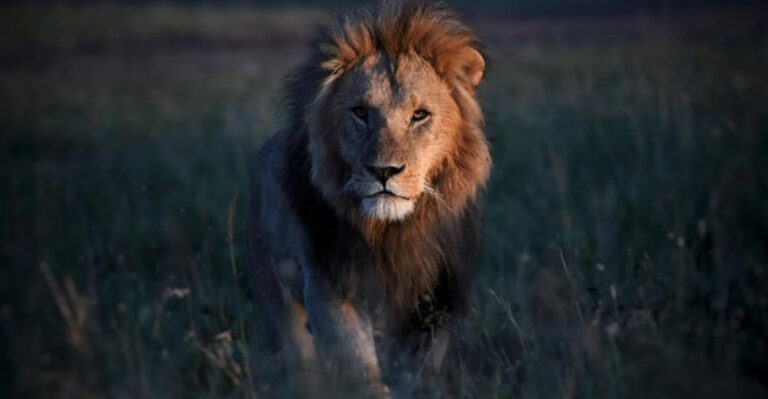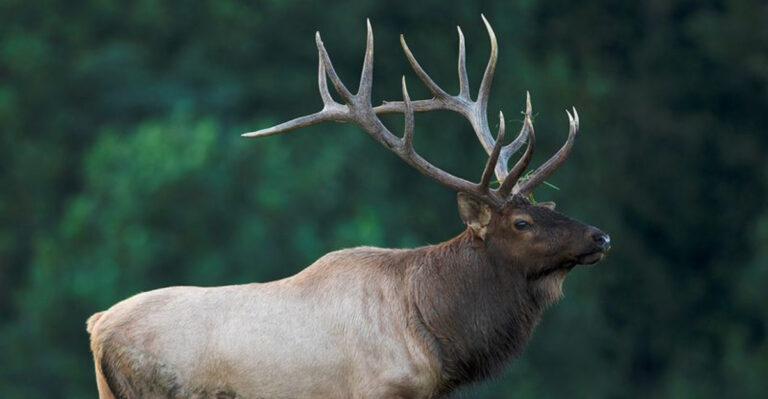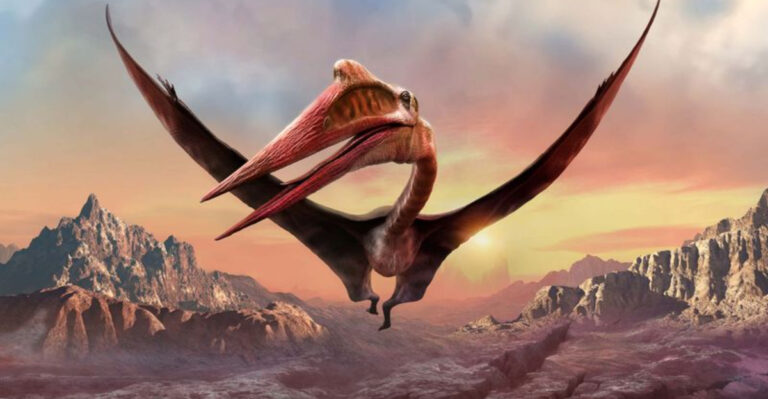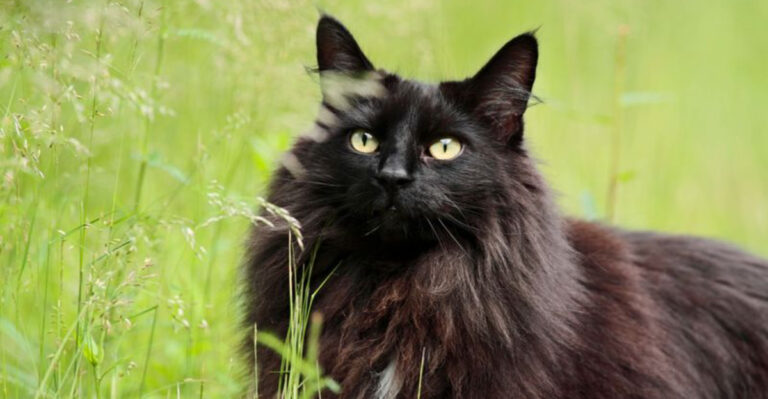25 Facts About The Ultimate Chillers Aka Sloths
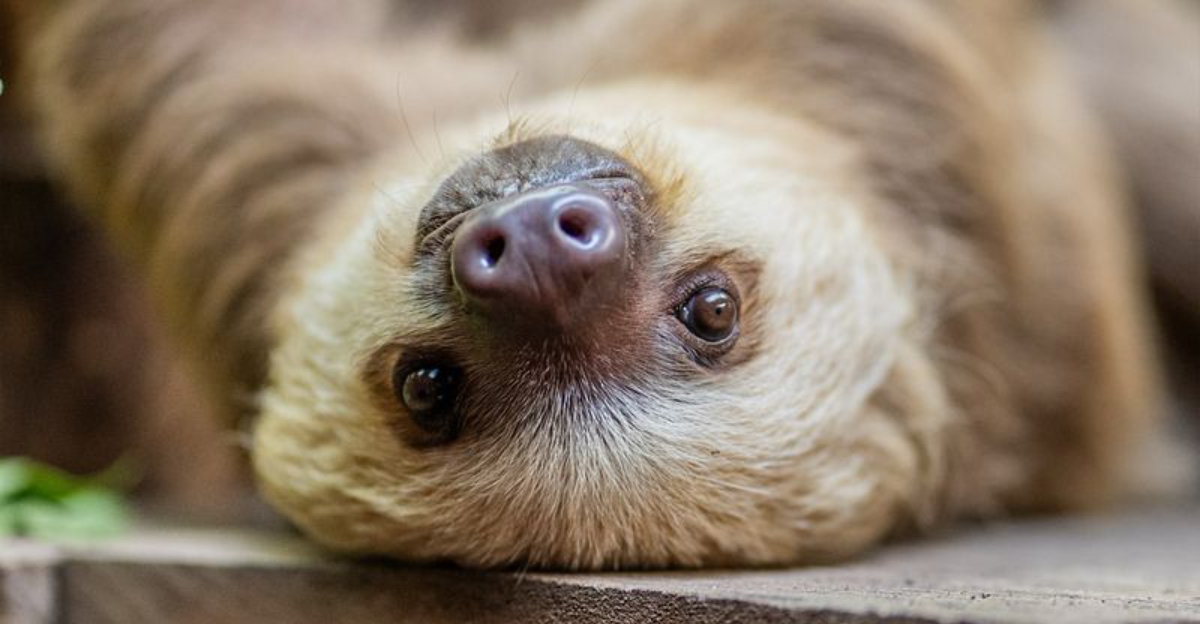
Sloths, often referred to as the ultimate chillers of the animal kingdom, are fascinating creatures that have captured the hearts of many with their slow, deliberate movements and laid-back lifestyle.
Known for their unique adaptations and elusive nature, sloths are native to Central and South America, where they spend the majority of their lives in the treetops.
1. Three-Toed And Two-Toed Sloths
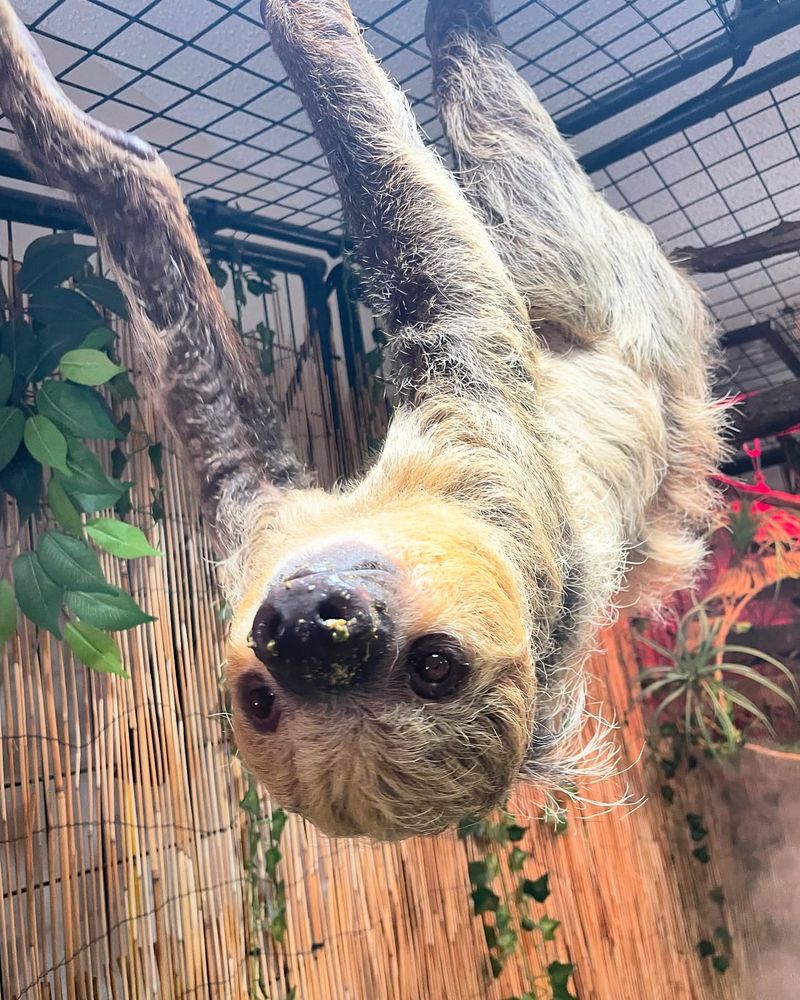
There are two main types of sloths: three-toed and two-toed, each with unique adaptations. Three-toed sloths have a distinctive facial structure with a gentle smile and a round face, while two-toed sloths have longer snouts and more pronounced features.
Both types of sloths have adapted to life in the trees, but they differ in their dietary habits and habitats. Three-toed sloths are primarily folivores, feeding on leaves, while two-toed sloths have a more varied diet that includes fruits and small insects.
2. Social Behavior
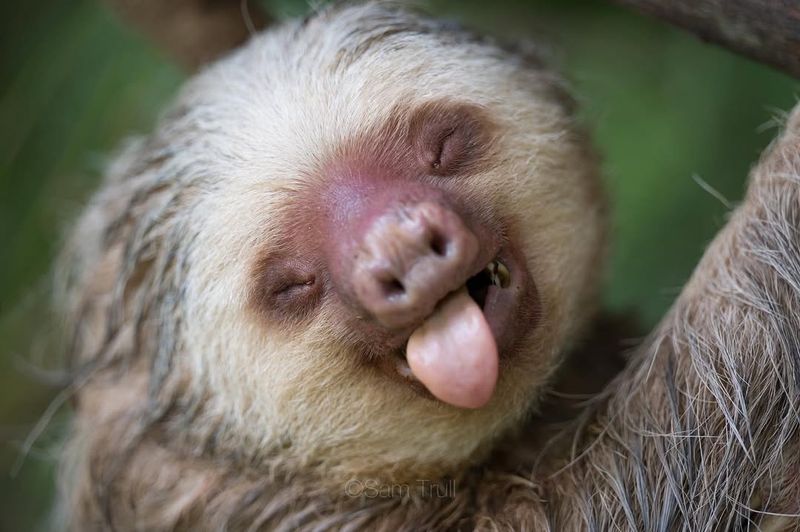
Their social behavior is unique, as sloths are generally solitary creatures, only coming together to mate or during rare social interactions. They do not form tight-knit groups like some other animals, and their slow movements often reflect their solitary lifestyle.
However, sloths are known to share their habitats with other species, and although they don’t form strong bonds with other sloths, they can coexist peacefully in the same area.
3. Sloth Speed
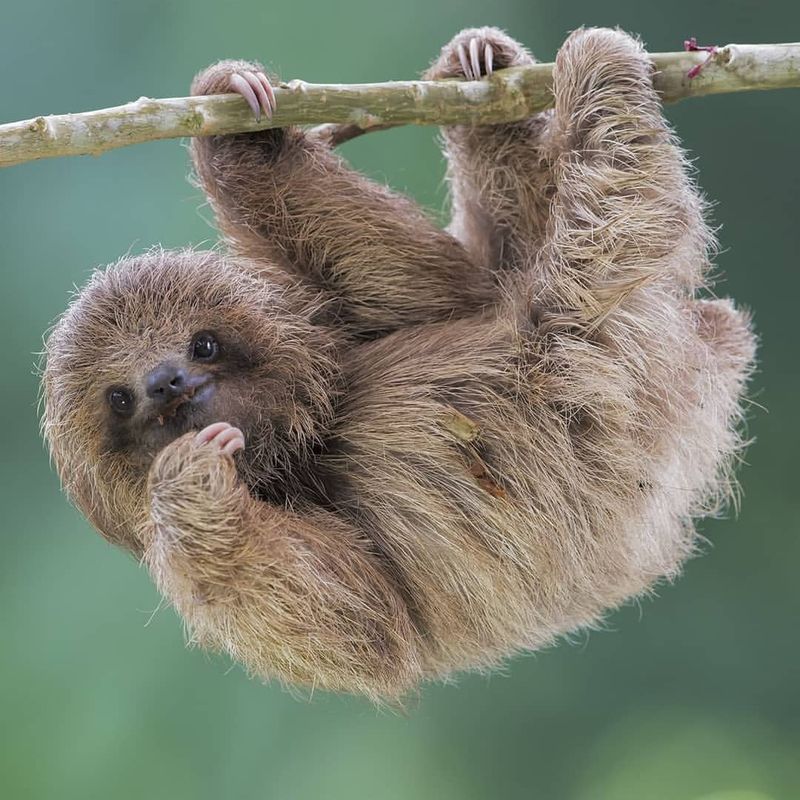
Sloths are known for their incredibly slow movements, which is a key adaptation for their survival. Moving at an average speed of just 0.24 km/h, sloths conserve energy and avoid detection by predators.
Their slow metabolism is another reason for their leisurely lifestyle, as it allows them to survive on a low-calorie diet of leaves.
Interestingly, sloths can move slightly faster when swimming, an essential skill for traversing the flooded forest areas during the rainy season.
4. Reproduction And Mating Habits
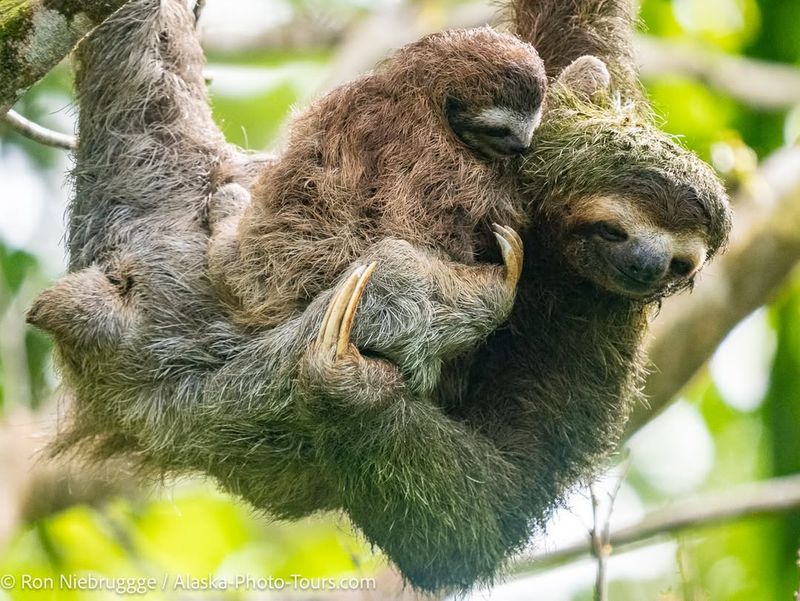
Reproduction habits are fascinating, as sloths typically have slow reproductive cycles, with females giving birth to a single baby after a gestation period of about six months.
The baby clings to its mother for the first few months of life, learning vital survival skills. Mating rituals are relatively solitary, and males may compete for the attention of females, sometimes engaging in vocalizations to attract mates.
5. Algae And Sloth Fur
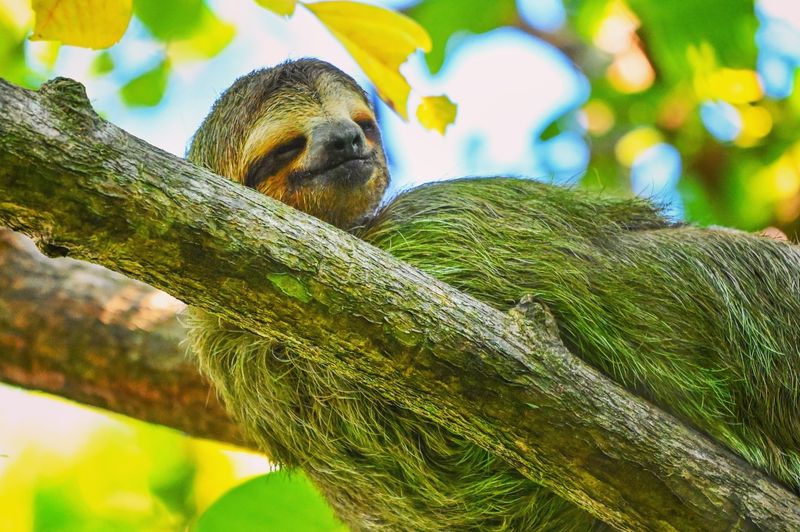
The fur of a sloth is a mini-ecosystem, home to various species of algae and insects. This symbiotic relationship benefits sloths by providing camouflage against the green canopy of the rainforest. The algae, in turn, receive a damp and nutrient-rich environment to thrive.
These green hues help sloths blend into their surroundings, making them less visible to predators. The algae also play a role in the health of the sloth’s skin by offering certain anti-bacterial properties.
6. Sloths’ Sleep Schedule
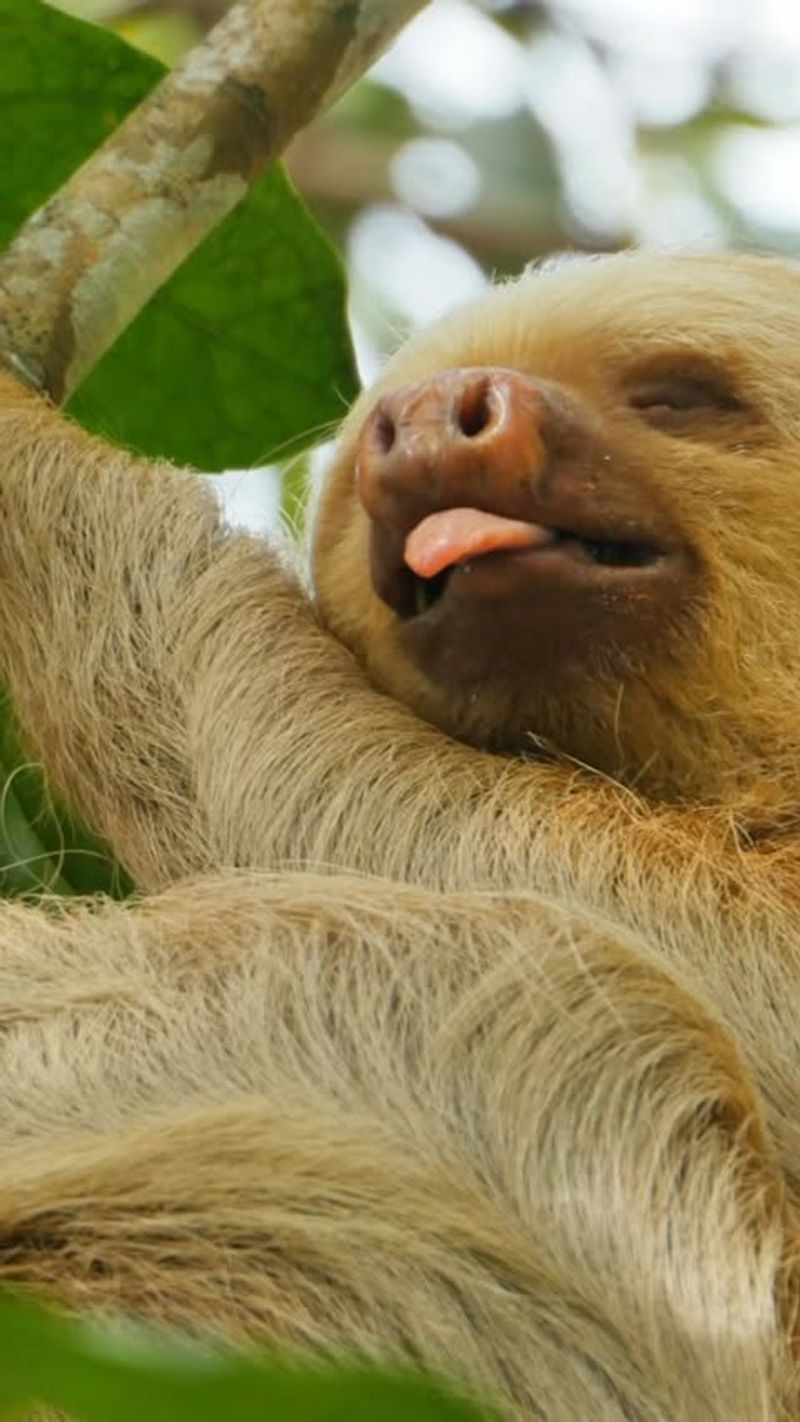
Sloths are renowned for their extensive sleeping habits, spending up to 15-20 hours a day asleep. This sleep-heavy lifestyle is largely due to their low-energy diet and slow metabolism. By conserving energy through prolonged rest, sloths can optimize their limited nutritional intake.
Their sleep schedule is flexible, allowing them to doze off at any time of day or night. This adaptability helps them remain inconspicuous, as they blend seamlessly into their arboreal surroundings while resting.
7. Diet And Digestion
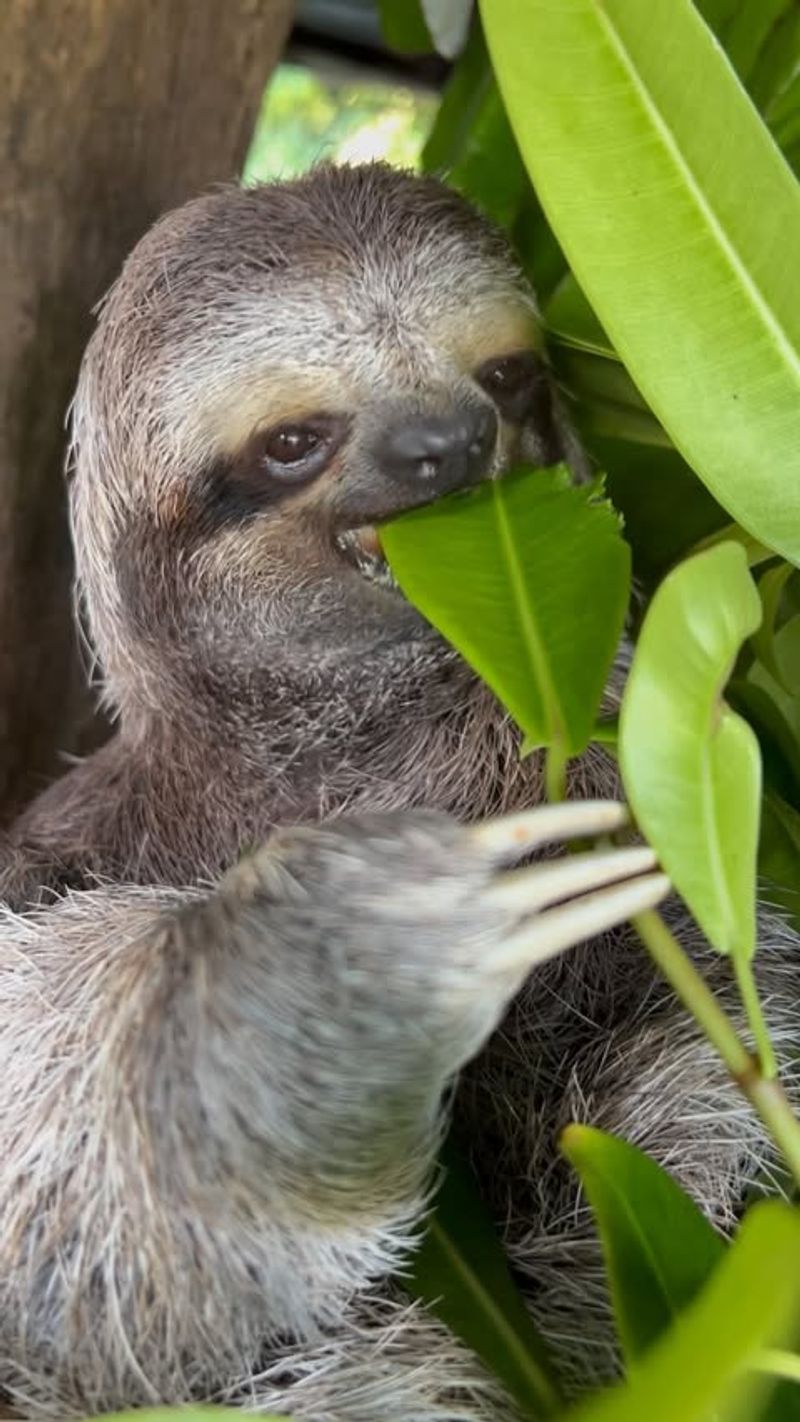
Sloths have a highly specialized diet mainly consisting of leaves, which are low in calories and nutrients. Their slow metabolic rate is perfectly suited to this diet, as it allows them to extract maximum nutrition from the limited food they consume.
This slow digestion process can take up to a month to fully process a meal, which is facilitated by a complex stomach structure similar to that of a cow. The multi-chambered stomach aids in breaking down tough cellulose fibers found in leaves.
8. Swimming Skills

Despite their slow nature on land, sloths are surprisingly proficient swimmers. This skill is crucial for navigating the waterways of their rainforest habitats, especially during heavy rains when areas become flooded.
Sloths use their long arms to paddle through the water with ease, reaching speeds three times faster than their movement in trees. This ability to swim efficiently helps them reach new areas for feeding and escape potential threats.
9. The Sloth’s Evolutionary Journey

Sloths have an ancient lineage dating back millions of years, evolving from massive ground-dwelling creatures known as Megatherium. These prehistoric giants were as large as elephants and roamed the Americas during the Ice Age.
Over time, sloths adapted to an arboreal lifestyle, leading to the smaller, tree-dwelling sloths we see today. This evolutionary shift allowed them to exploit new ecological niches and avoid competition with other large herbivores.
10. Sloths’ Unique Claws
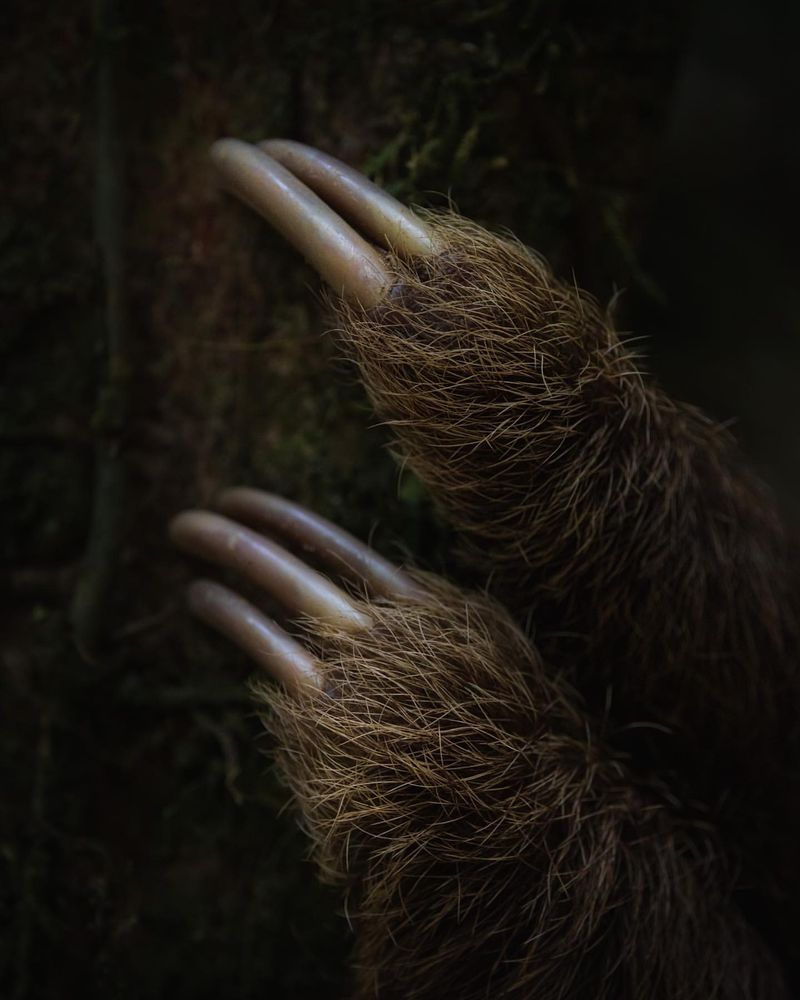
One of the most distinctive features of sloths is their long, curved claws, which can grow up to four inches in length. These specialized claws are perfectly adapted for their arboreal lifestyle, allowing sloths to effortlessly hang from tree branches.
The claws are essential tools for climbing and provide a strong grip that supports their entire body weight. This adaptation minimizes energy expenditure, as sloths can hang for extended periods without tiring.
11. The Lifecycle Of A Sloth
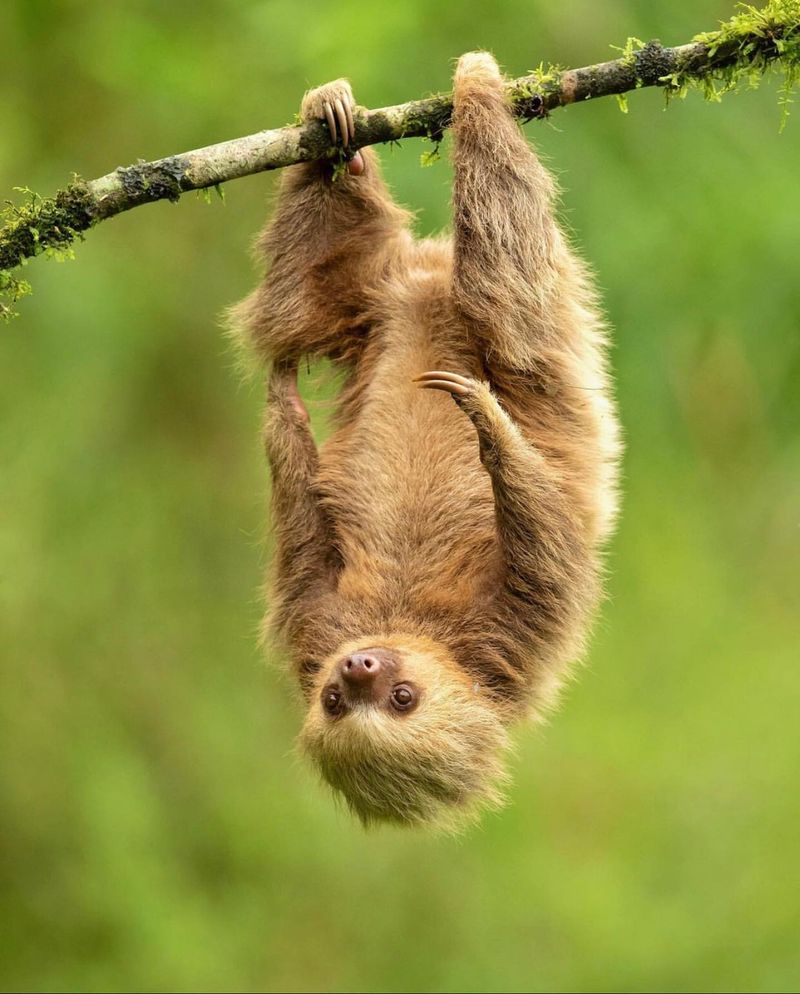
The lifecycle of a sloth is a slow and steady journey, beginning with a lengthy gestation period of around six months. Infant sloths cling to their mother’s fur for the first few months, relying on her for warmth, protection, and nourishment.
As they grow, young sloths gradually gain independence, learning essential survival skills such as climbing and foraging. This learning phase is crucial, as it prepares them for life in the dense rainforest canopy.
12. The Role Of Sloths In The Ecosystem
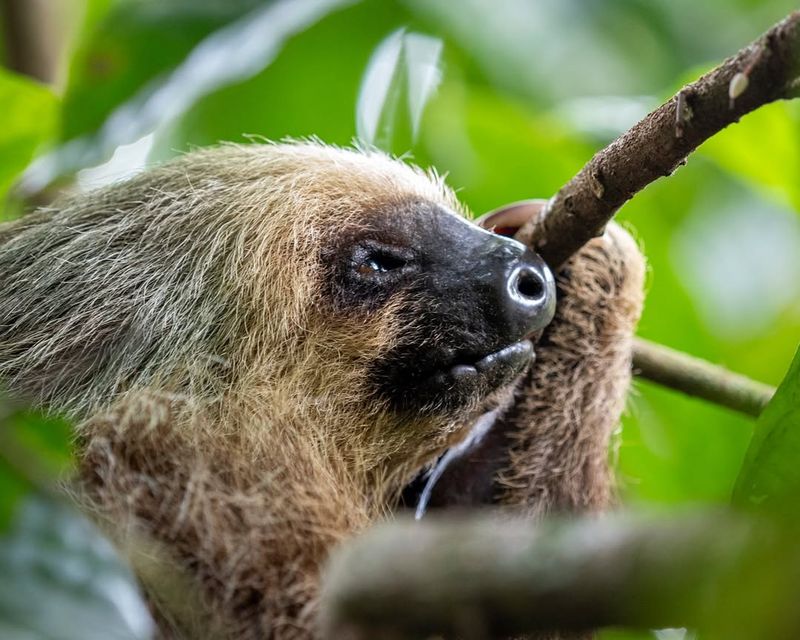
Sloths play a significant role in their ecosystems, contributing to the health and balance of their rainforest habitats. As folivores, they help control the growth of trees and plants by selectively feeding on certain species.
Their slow digestion process returns essential nutrients to the soil through their feces, enriching the forest floor and supporting plant growth. This nutrient cycling is vital for maintaining the biodiversity of the rainforest.
13. Camouflage
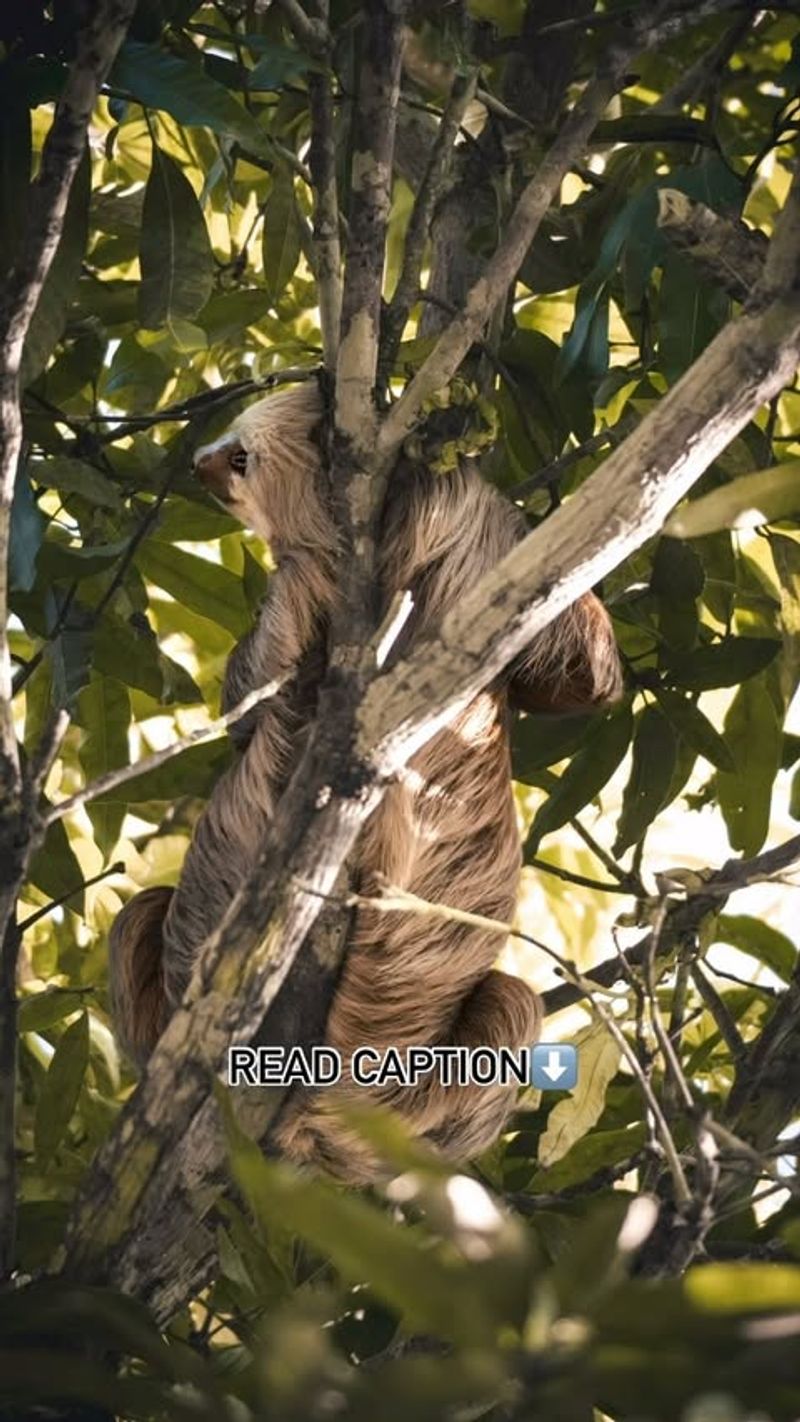
Camouflage is a vital survival strategy for sloths, allowing them to avoid detection by predators in their lush rainforest homes. Their fur, often tinged with green from algae, helps them blend seamlessly into the surrounding foliage.
This natural disguise is enhanced by their slow movements, which prevent sudden disturbances that might reveal their presence. By remaining still and quiet, sloths can go unnoticed by predators such as harpy eagles and jaguars.
14. The Myth Of Slothfulness

The term “sloth” is often synonymous with laziness, but in the animal kingdom, this couldn’t be further from the truth. Sloths have adapted to their environment in ways that maximize efficiency and conserve energy.
Their slow movements are not a sign of laziness but rather a strategic adaptation to avoid predators and thrive on a low-energy diet. By conserving energy, sloths can maintain their health and well-being despite the limited nutritional value of their food.
15. Sloths’ Contributions To Science
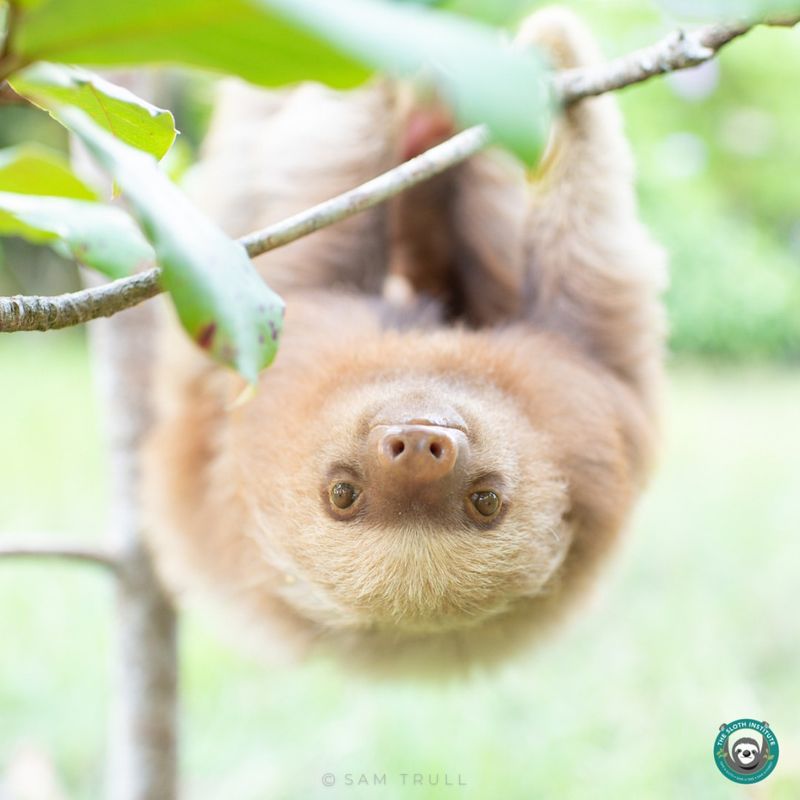
Sloths have captured the attention of scientists for decades, offering valuable insights into evolutionary biology, ecology, and physiology. Their unique adaptations and slow-paced lifestyle present opportunities to study energy conservation and metabolic efficiency.
Research on sloths has led to discoveries about the importance of conserving rainforest habitats and understanding the complex relationships within ecosystems. By studying sloths, scientists gain a deeper appreciation for the interconnectedness of life on Earth.
16. Sloth Conservation Efforts
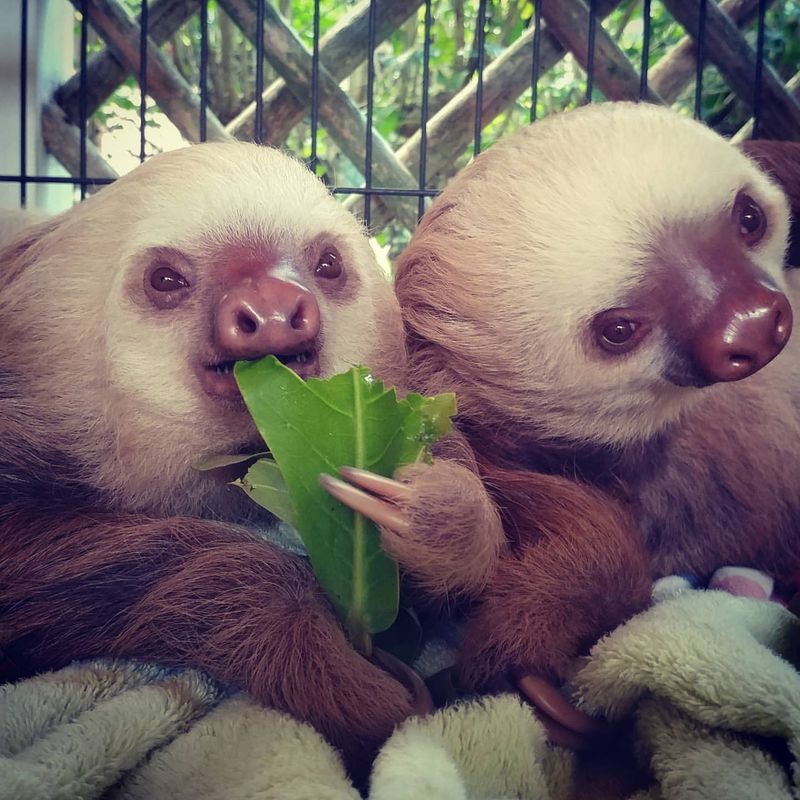
Sloth conservation has become increasingly important as their habitats face threats from deforestation and climate change. Conservation organizations worldwide are working to protect sloth populations and their environments through habitat restoration and education.
Efforts include reforestation projects, which aim to restore crucial habitat corridors for sloths and other wildlife. By promoting awareness of sloth conservation, organizations help garner support for preserving these unique creatures.
17. Sloth Communication
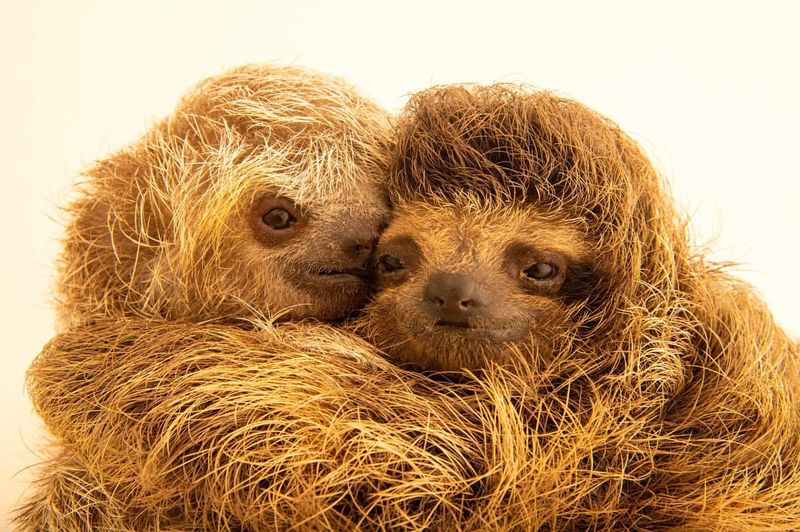
Sloths, though solitary creatures, do have ways of communicating with each other, primarily through vocalizations and body language. Their communications are subtle and often include soft calls and squeaks, especially between mothers and their young.
Body language plays a role in their interactions, with gentle touches and nuzzling being common among compatible individuals. These interactions help sloths maintain social bonds and navigate their rainforest environments.
18. The Popularity Of Sloths
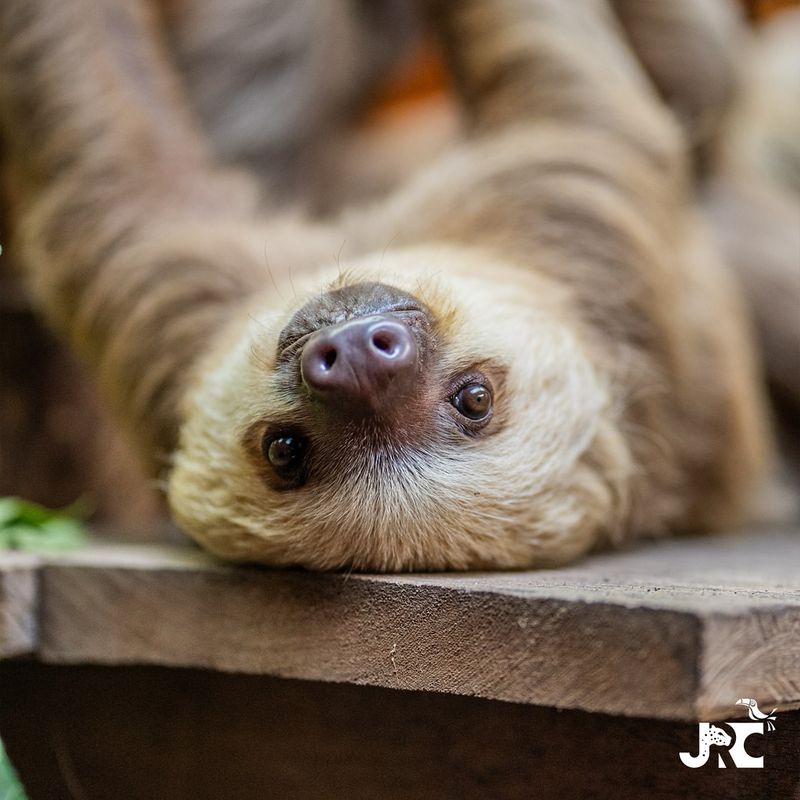
Sloths have gained immense popularity around the world, captivating people with their adorable appearances and slow-paced charm. Their likeness is often featured in media, merchandise, and even as mascots for various causes.
Their popularity has sparked interest in conservation efforts, as people become more aware of the threats facing these unique creatures. Zoos and wildlife sanctuaries often host sloth exhibits, providing educational opportunities for visitors to learn about their habits and habitats.
19. Sloth Physiology
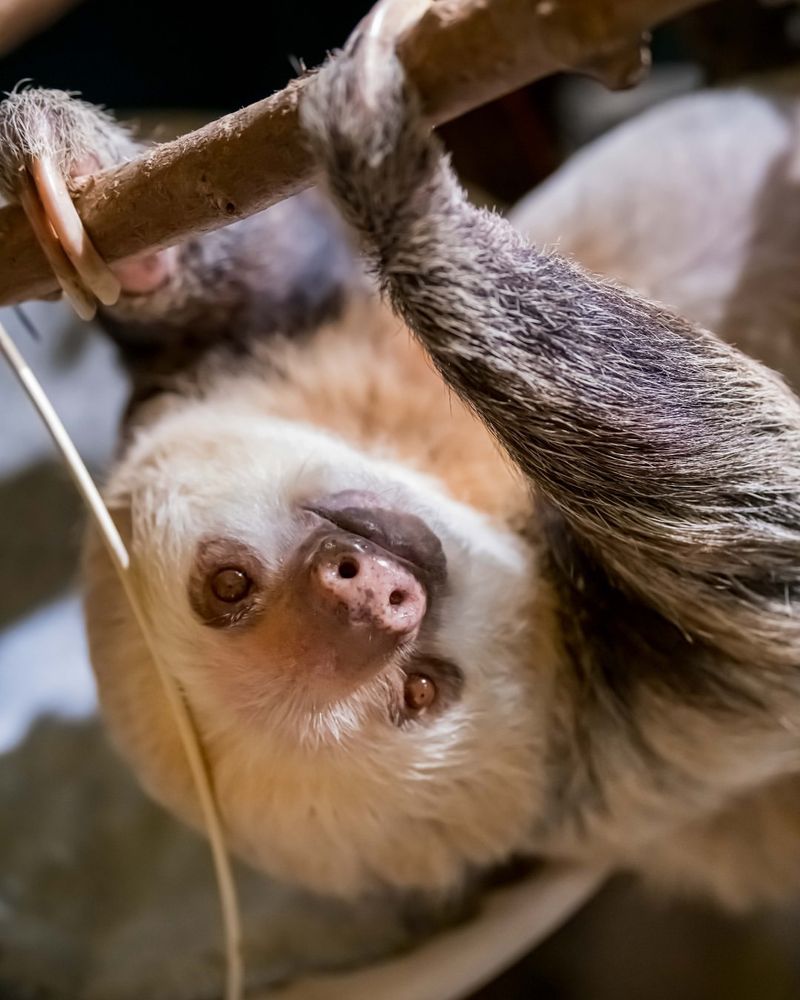
Sloths possess unique physiological traits that support their slow-paced lifestyle. Their muscle structure is adapted for hanging and climbing, with a reduced muscle mass compared to other mammals.
This specialized anatomy allows them to conserve energy while spending the majority of their time suspended in trees. Their slow metabolism is another key adaptation, enabling them to survive on a diet of leaves.
20. The Mystery Of Sloth Smiles

Sloths are often recognized by their enigmatic smiles, which appear to be permanently etched on their faces. This expression is particularly noticeable in three-toed sloths, whose facial structure gives the impression of a constant, gentle grin.
While the smile has enchanted many, it serves no specific function or indication of emotion. Instead, it results from the sloth’s facial anatomy, particularly the placement of muscles and skin.
21. Sloths And Their Predators
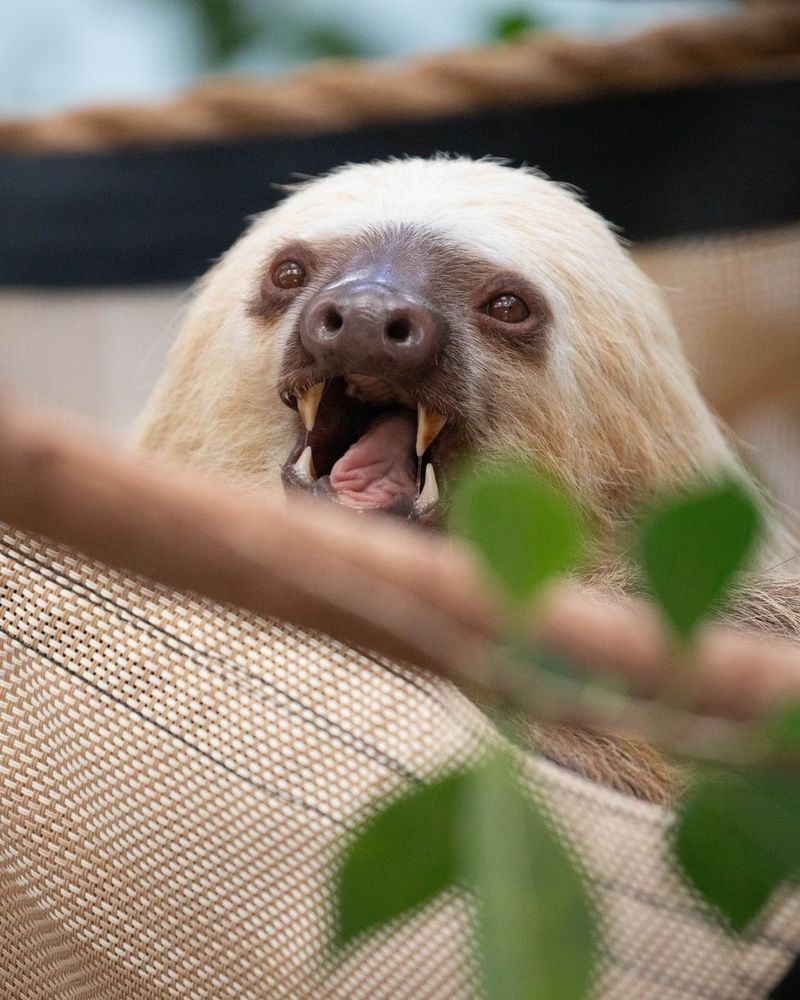
Despite their slow movements, sloths have natural predators, including harpy eagles and jaguars. These predators rely on keen senses and stealth to catch the elusive sloths, who depend on camouflage and stillness for protection.
Sloths’ primary defense is their ability to blend into the foliage, aided by the algae growing on their fur. By remaining motionless, they reduce the likelihood of being detected by predators.
22. Sloth Habitats
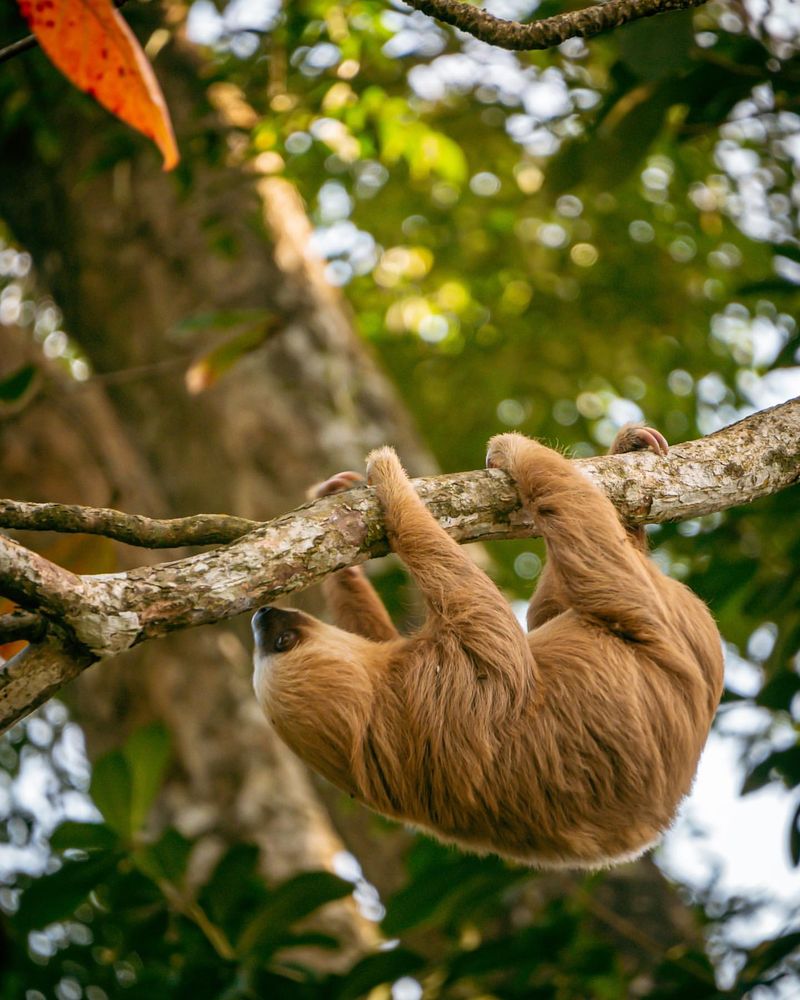
Sloths are native to the rainforests of Central and South America, where they inhabit the dense canopy layers. These habitats provide the perfect environment for their arboreal lifestyle, offering ample food sources and protection from ground predators.
The rainforest ecosystem supports a high level of biodiversity, with sloths playing a role in maintaining this balance. Their presence helps control vegetation growth and contributes to nutrient cycling.
23. The Cultural Significance Of Sloths
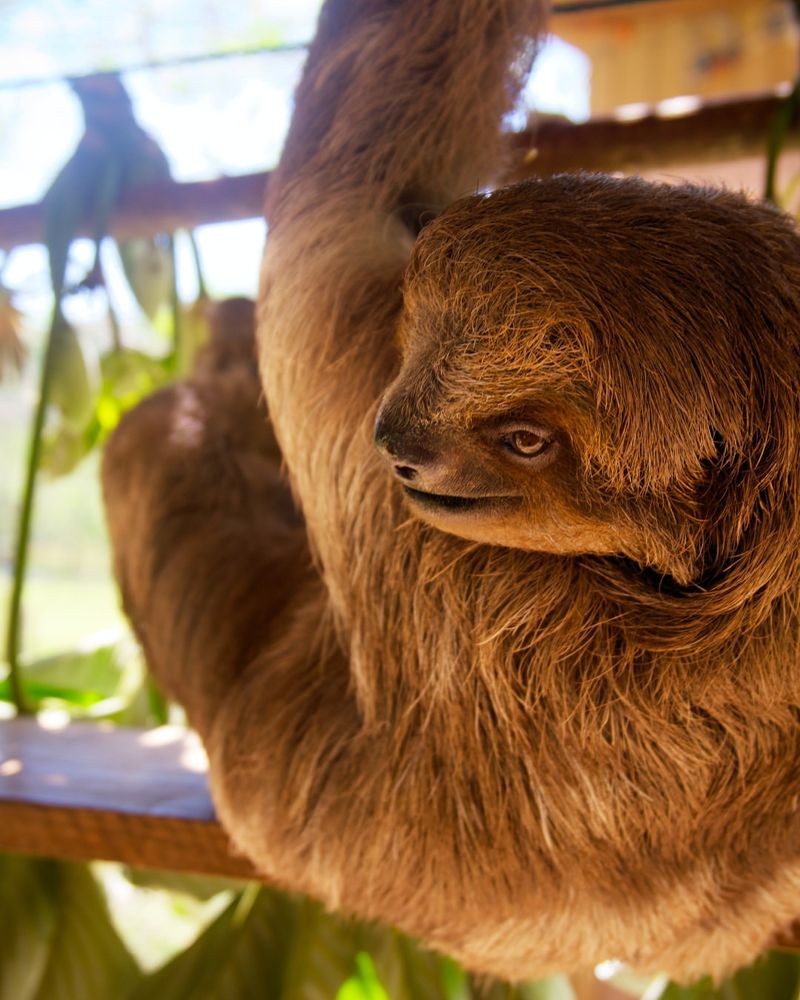
Sloths hold cultural significance in various indigenous communities, where they are often seen as symbols of patience and tranquility. Their slow movements and peaceful demeanor resonate with cultural values that emphasize living in harmony with nature.
In some cultures, sloths are featured in folklore and mythology, representing wisdom and resilience. These stories reflect the deep connection between humans and the natural world, highlighting the importance of respecting and preserving biodiversity.
24. Sloths In Popular Media

Sloths have become beloved figures in popular media, often portrayed as endearing, laid-back characters. Their appearances in animated films, television shows, and children’s books have cemented their status as cultural icons.
These portrayals often emphasize the sloth’s relaxed nature and slow pace, resonating with audiences seeking a break from the fast-paced modern world. By embodying the essence of relaxation, sloths inspire viewers to appreciate the value of slowing down.
25. The Future Of Sloths
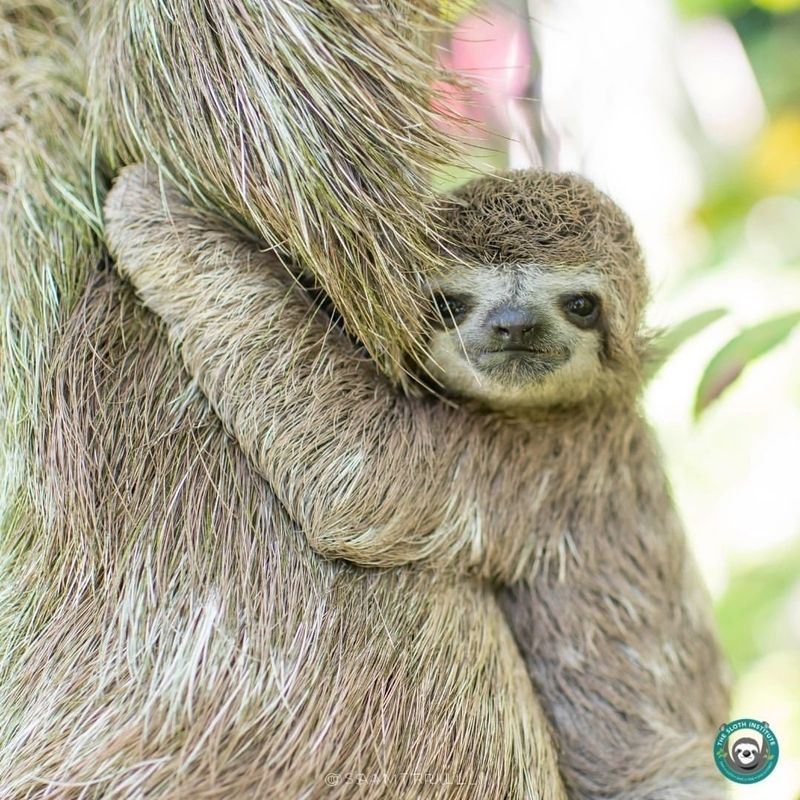
The future of sloths is closely tied to the health of their rainforest habitats. As threats like deforestation and climate change loom, conservation efforts are more crucial than ever to ensure their survival.
Continued research and habitat restoration initiatives aim to protect sloths and support their ecosystems. By addressing environmental challenges and promoting sustainable practices, we can create a future where sloths and biodiversity thrive.

